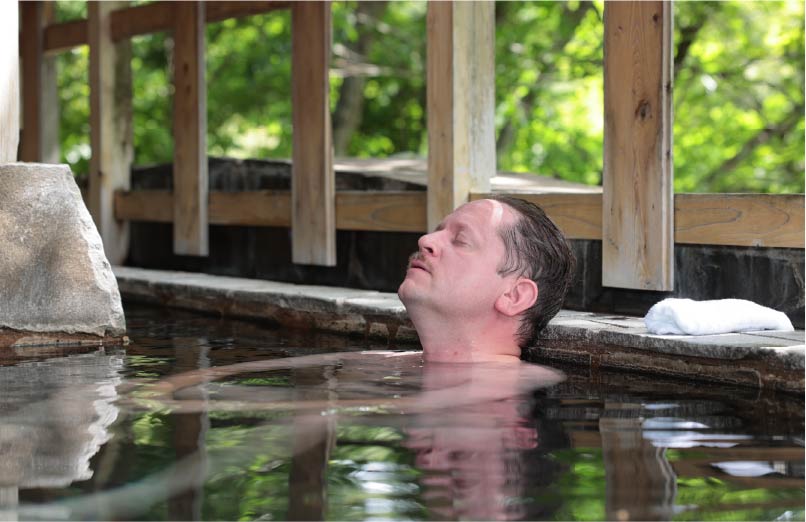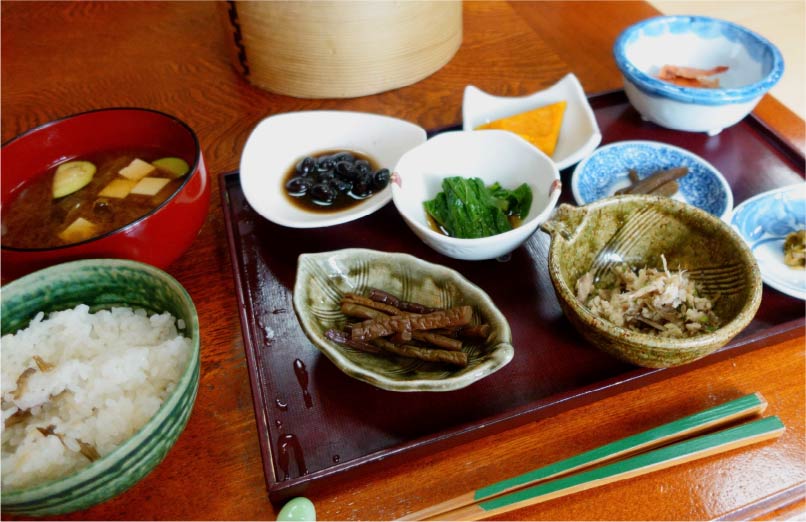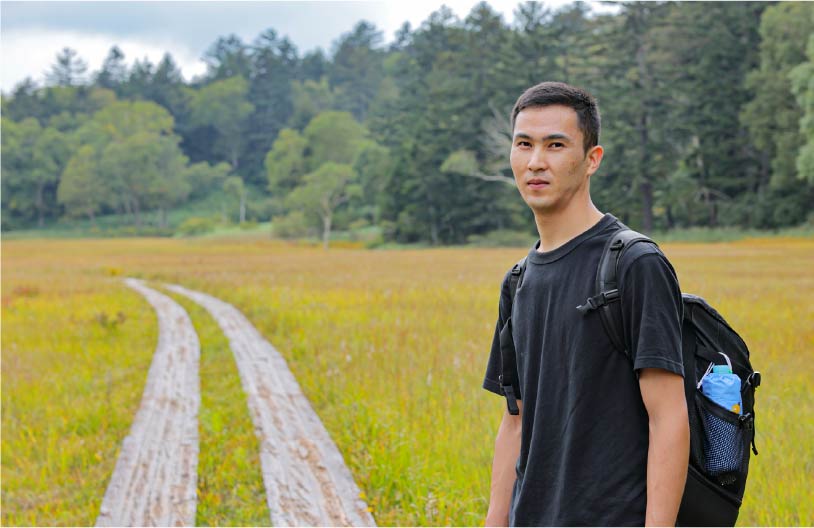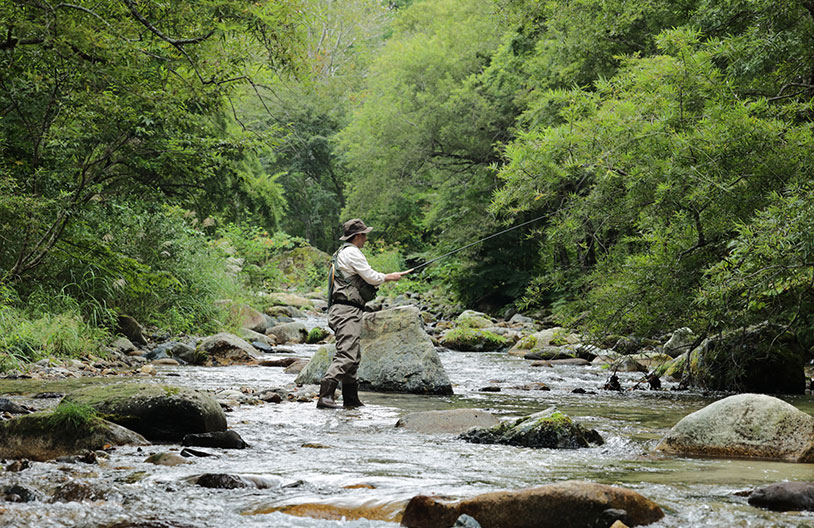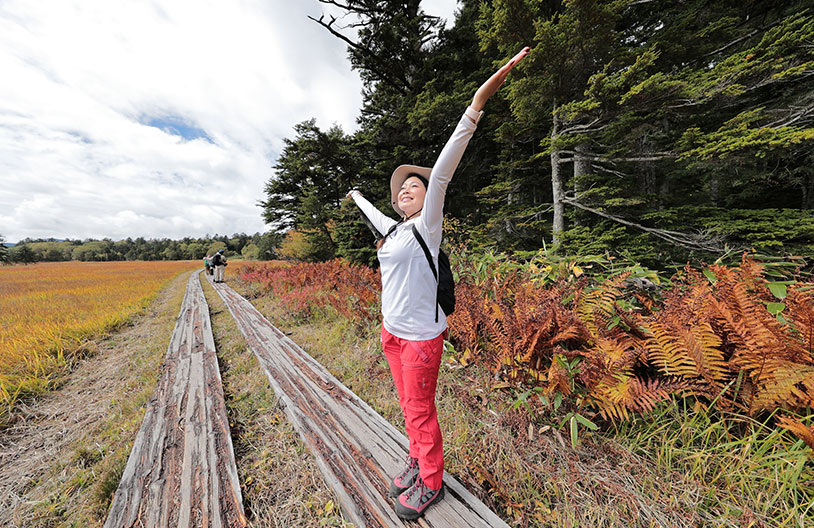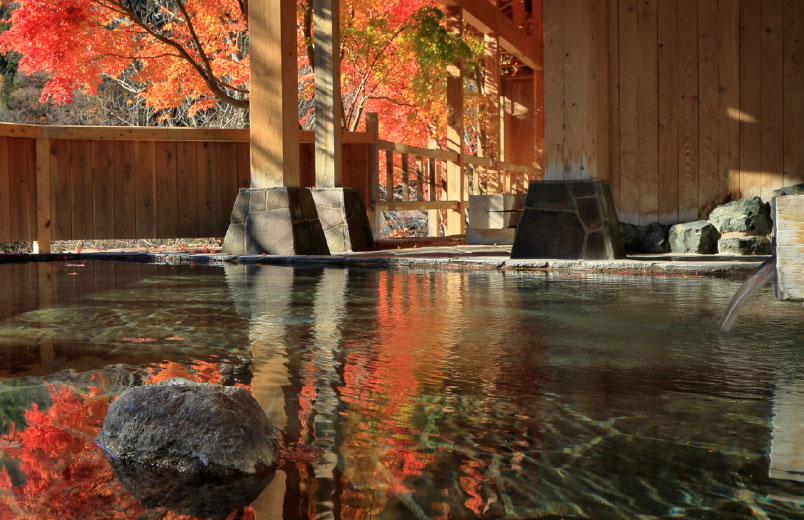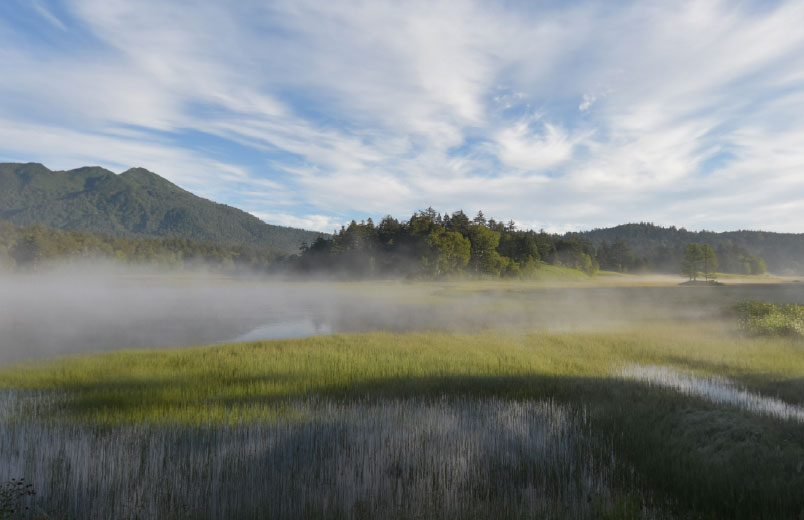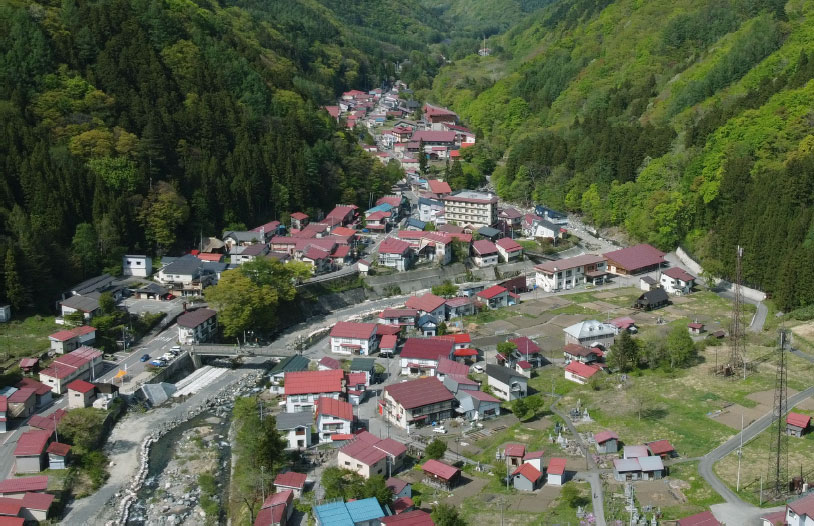 Explore Plan 1
Explore Plan 1
A Day and Night Immersed in Traditional Cuisine and Culture in Hinoemata Village, Oze, a "Milestone" in Japan's Environmental Conservation Movement.
Traveler
My name is Morten. I'm Swedish.
I've been living in Japan over 10 years, and I work for a trading company in Tokyo.
This report is written for users interested in Japan's unique nature and culture, focusing not on major cities like Tokyo or Kyoto but on lesser-known local area call "Hinoemata Village".
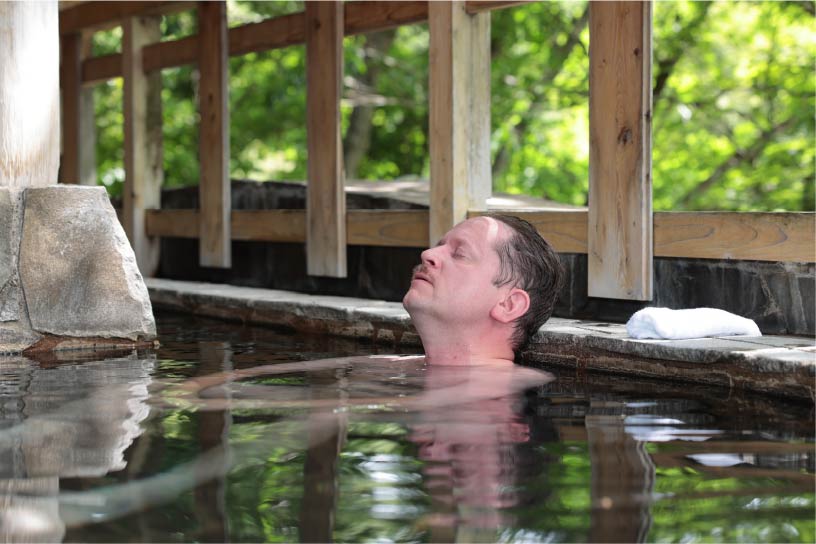
Name: Marten Ekenberg
Hobby: Craft Beers
My Recommendations
- You can soak in a natural Hot Spring.
- You can experience unique Food Culture.
- You can experience the unique Kabuki Culture.
 10:00
10:00
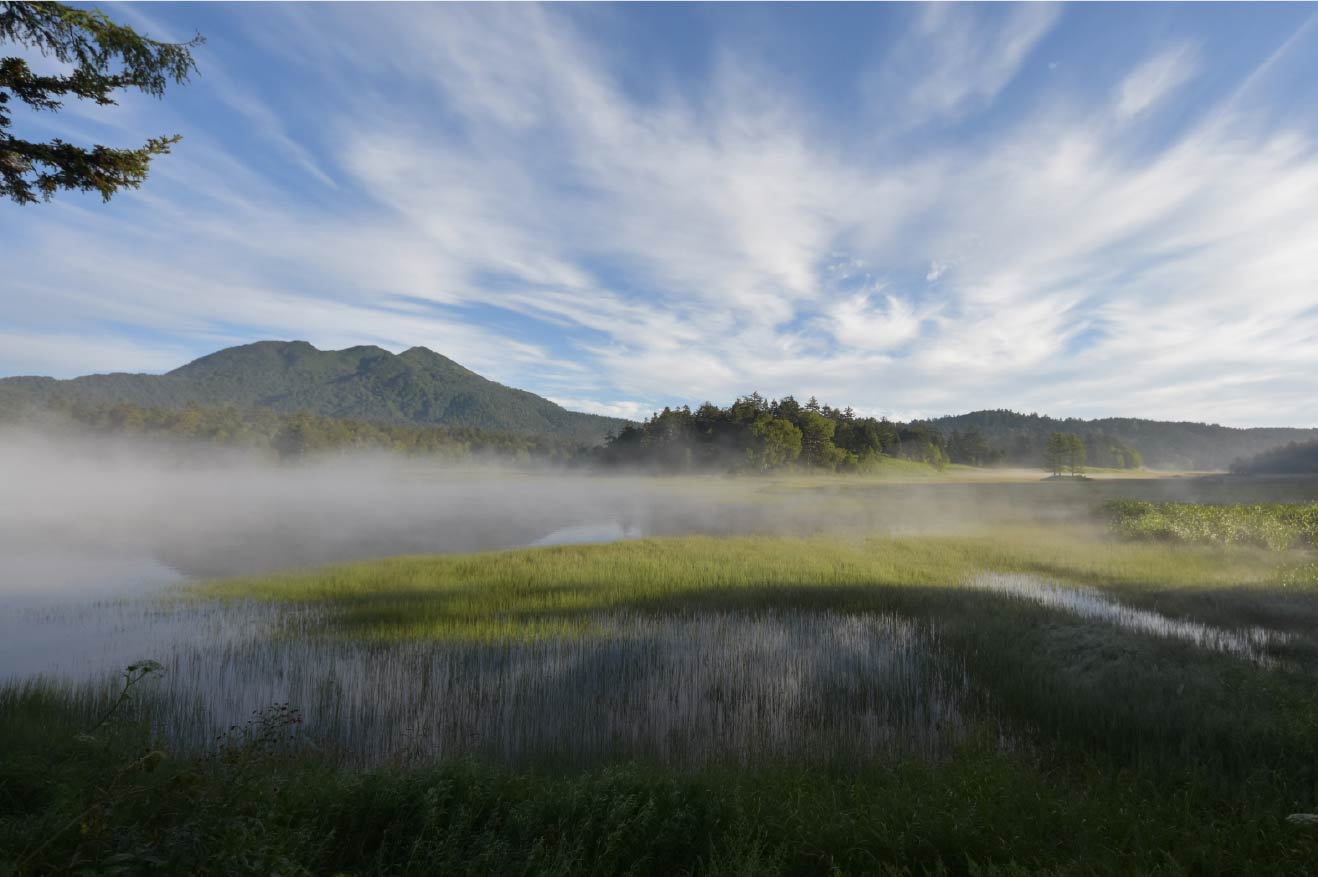
Japan's Summer and
Autumn are hot and humid.
So, Let's Head to Cooler Places!
To the Mountain Villages of the Tohoku region readers might assume that, being from Scandinavia, I'm not fond of the heat, but that's not the case. Japan's summer is so hot and humid that even people from Thailand and Vietnam are overwhelmed like dogs under the blazing sun. If you're traveling to Japan in the summer or early autumn, I recommend visiting the highlands of Tohoku, Shinshu, or Hokkaido.
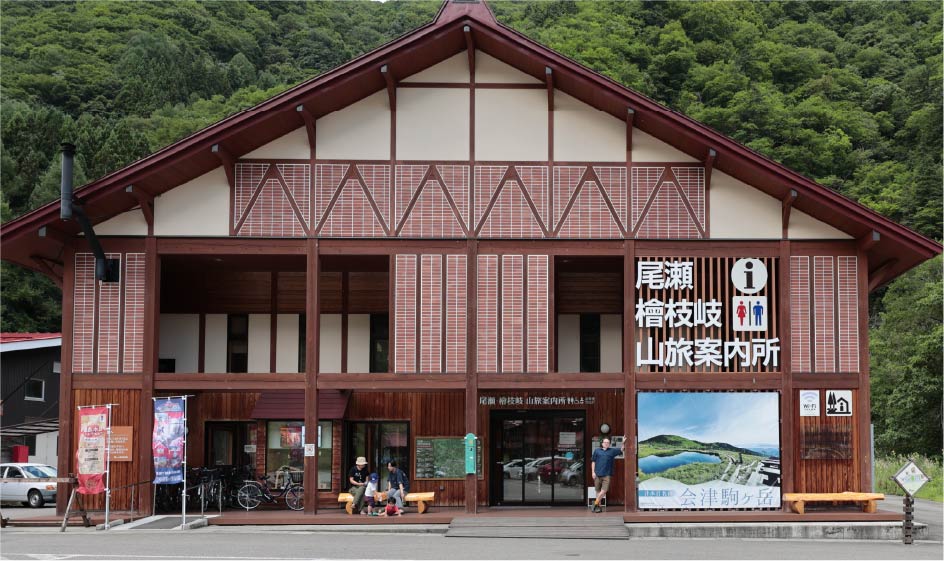
Study at the mountain travel guide office
The destination at this timing of mid Augst, Hinoemata Village in Fukushima Prefecture, is a cool place at the foot of the highest mountain in the Tohoku region.
Hinoemata Village is about 260 km from Tokyo, approximately 5 hours drive using the expressway. You can either drive from Tokyo or take a combination of trains and buses. By the way, I went by car with a Japanese friend.

As soon as I enter the village at 10:00am, visited Oze Hinoemata Mountain Travel Guide Office to gather information, I felt, "It's cool!" I'm glad that I escaped the heavy summer of Tokyo.
Japan has a well-developed roadside station system called "Michi-no-Eki," providing food, toilets (with washlets), and trash bins for road travelers. This is one such station, and it also provides information about Oze National Park for hikers. I was surprised to see taxidermy of animals living in the mountains and lakes. Unfortunately, there are no staff members who can speak English, so I would recommend getting an English guidebook.
 11:00
11:00
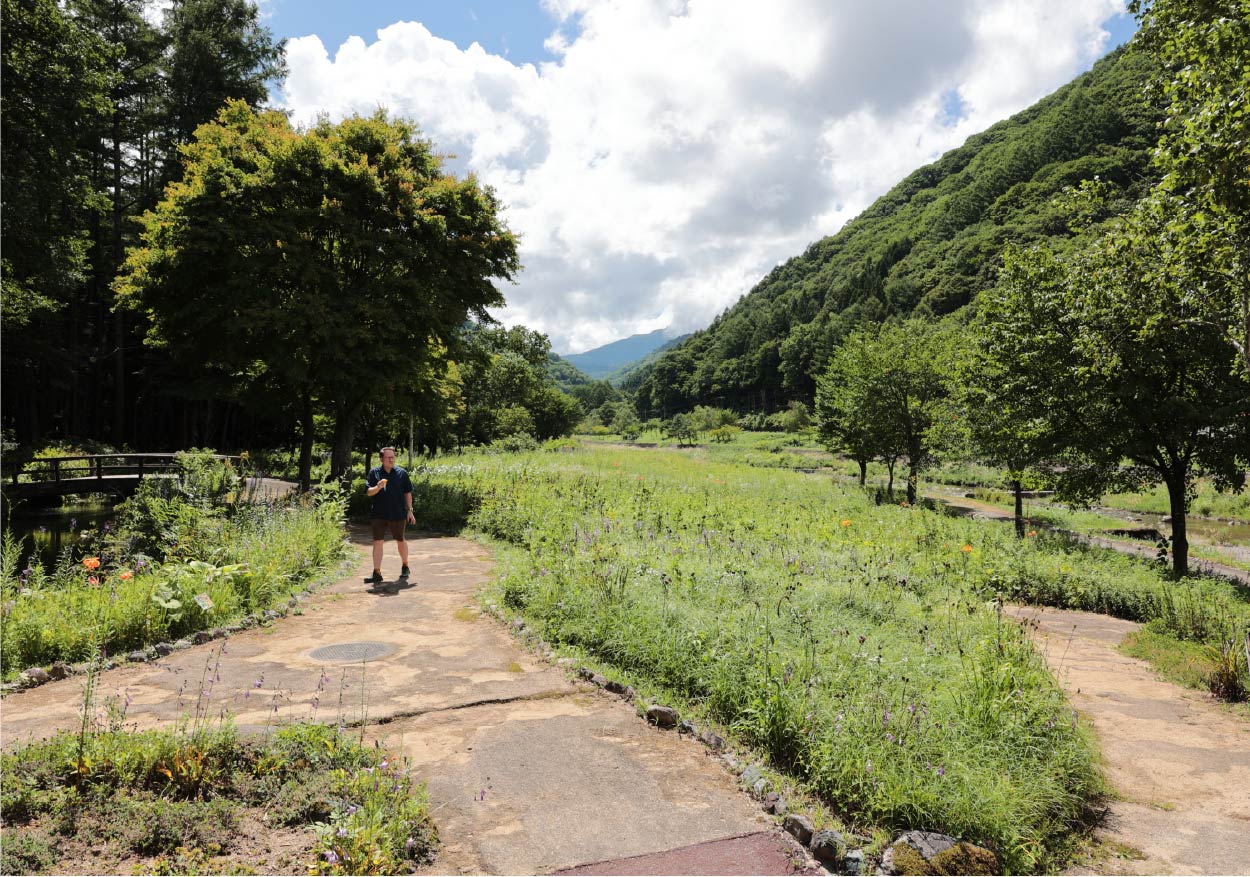
Satisfy your curiosity and
your spirit in a small park at first
@ Mini Oze Park
To recover from the fatigue of the long drive, I visited the park. This park is a miniature version of Oze's natural environment and has an art museum and a history museum.

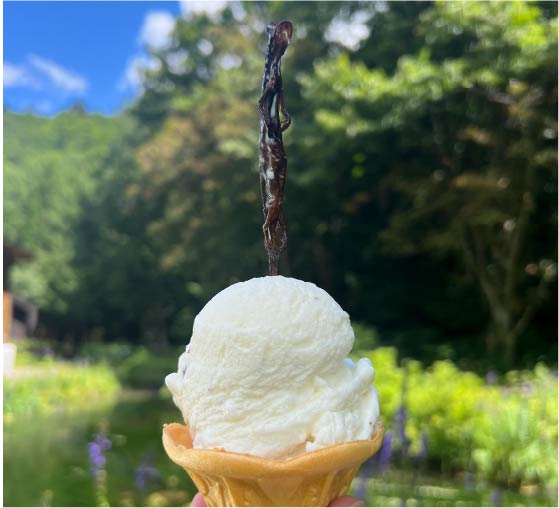
A dessert made from salamander!?
A Japanese friend recommended this salamander gelato which wad smoked one stabbed into the gelato. This salamander is a Japanese endemic species called the Hakone Salamander, and although its population is a concern due to development, it is said that there is no need to worry in Hinoemata Village, where the catch is regulated by themselves.
The taste is... well, it's smoky lol. The smoked salamander is a traditional preserved food of Hinoemata Village, said to be nourishing. I've eaten various Japanese foods, probably more than foreigners who have lived in Japan for a few years, but this was my first time. Such strange fates await you on local, off-the-beaten-path trips.
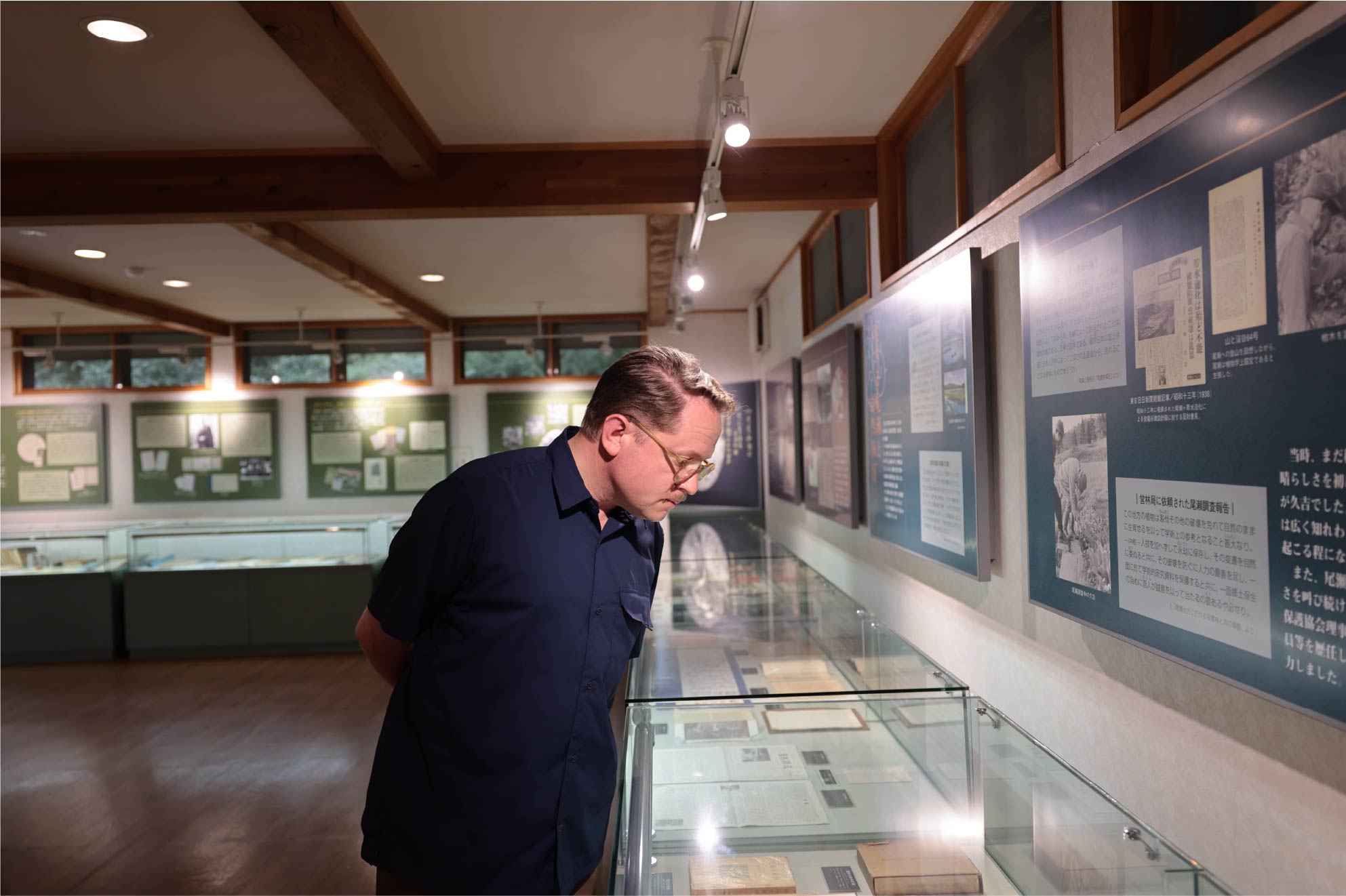
Oze, a milestone in the Japanese environmental protection movement
After being forced to eat something strange, I briefly visited the museum. It was a memorial museum for a botanist named Dr. Takeda, who was mix of British and Japanese. He loved the nature of Oze and campaigned with the people of Hieda Village and cultural figures to protect it from dam construction.
At the time (70-80 years ago) in democratized Japan, public opinion was divided between "economy" and "nature".
The Japanese people at that time, who had lost much of their nature due to development and suffered from pollution, chose "nature" without hesitation and united in the fight.
My countries, Sweden and Finland, are famous for having many forests, but Japan also has surprisingly many (even Tokyo has vast forests in the suburbs).
It is ranked high among the OECD. One of the reasons why Japan's nature is so wonderful is probably due to this history of environmental protection.
Unfortunately, there're no English explanations at the museum. If you are interested, I recommend opening the Oze Hinoe Mata Tourism Association website and using browser translation to look it up.
Also, on this trip, due to the schedule, I did not climb Oze, but stayed in Hinoemata Village at the foot of the mountain.
Next time I would like to enjoy the untouched nature of Oze.
 12:00
12:00
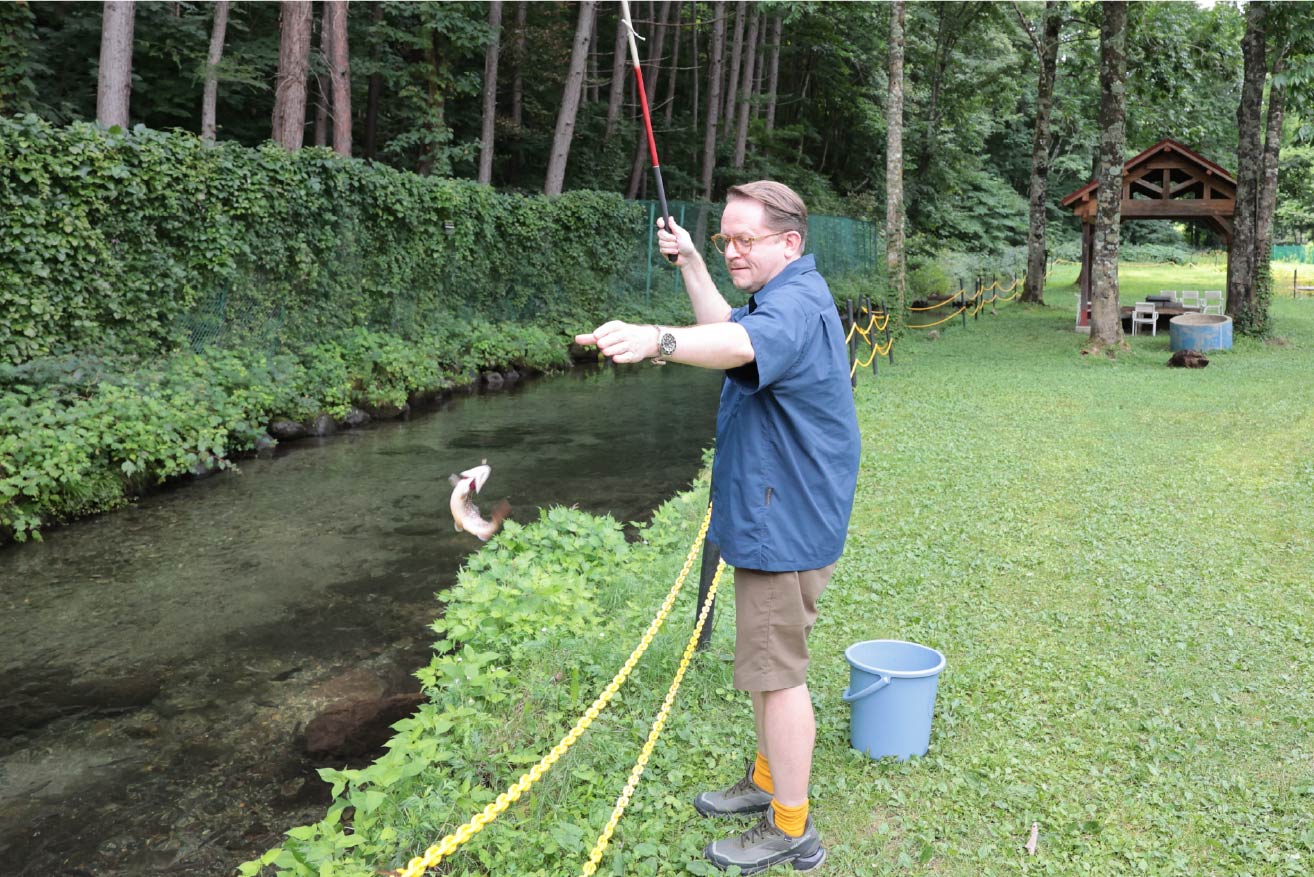
Enjoy fishing hands-free
@ Hinoemata Fish Garden
I actively engaged in trout fishing. Even if you come empty-handed, you can rent a fishing rod, and the trout you catch can be eaten grilled with salt.
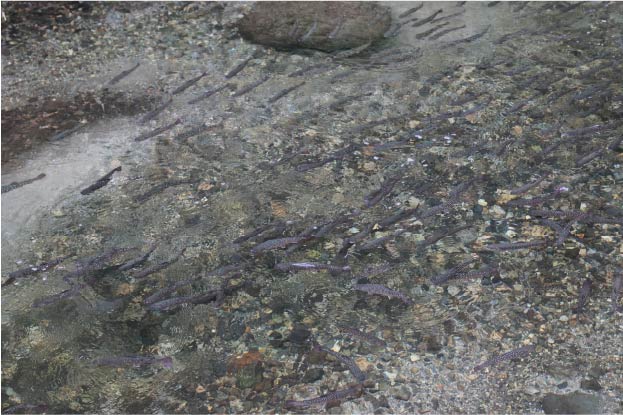
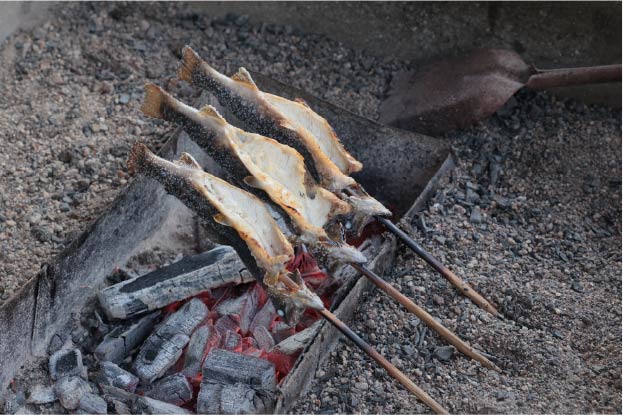

The water is clear and cold, so the trout is delicious.
The name of this trout is "Iwana". It is a fish that lives in the uppermost parts of Japan's rivers and was once called the "phantom fish." In Japan, it was successfully farmed in the 1960s, but because it prefers clean, cold water, strict temperature control is required, and farming can only be done in certain places, such as the mountain
areas of Hinoemata Village, where snowmelt flows. The taste is mild and delicious. It grows in cold, clear water, so the flesh is firm and not smelly. At Inns and Ryokans in Hinoemata Village, you can also eat it as sashimi or simmered in soy sauce. The grilled Iwana I caught myself was delicious.
 13:00
13:00
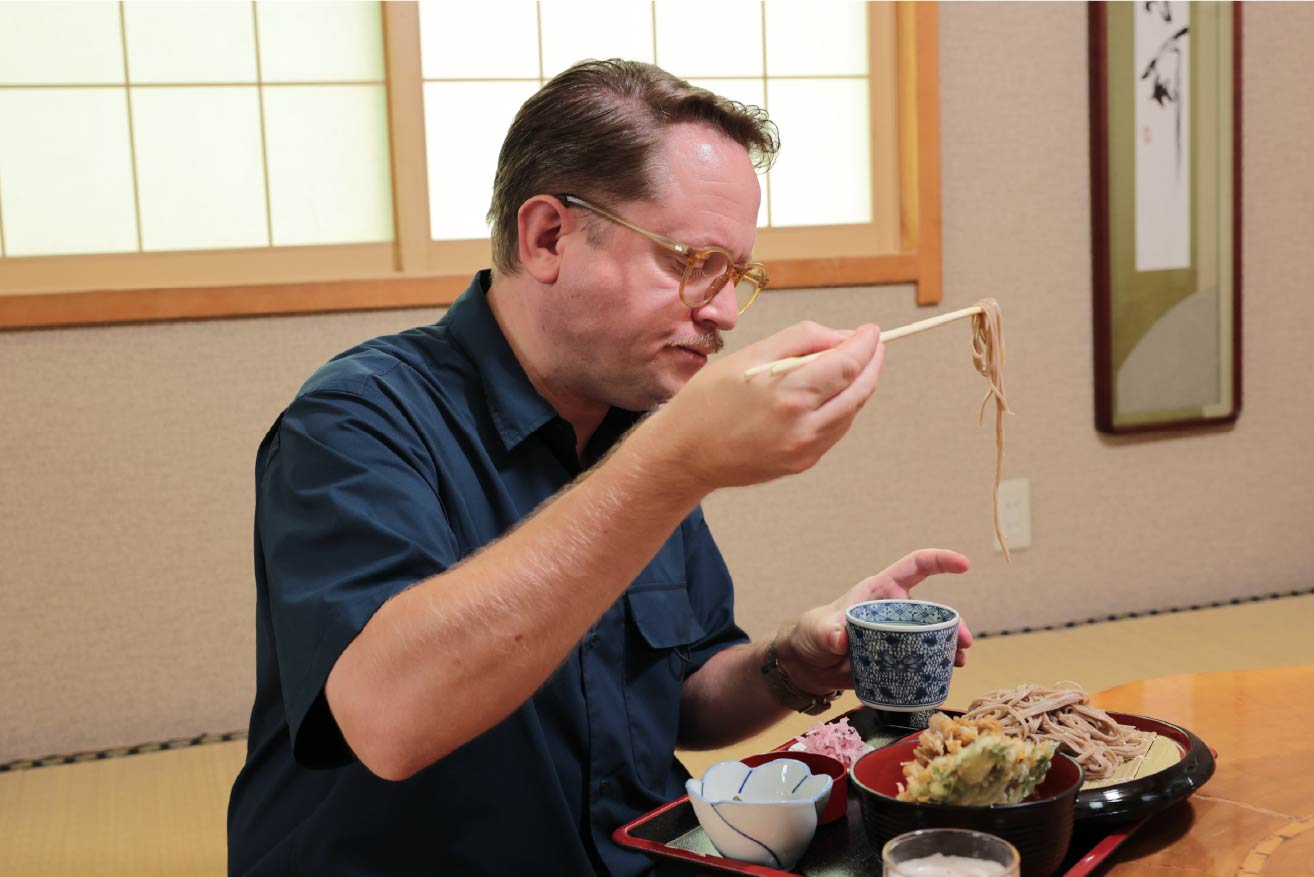
Eat the famous soba noodles
@ Maruya
Please take a look at how I use chopsticks. I secretly pride myself on being better at it than young Japanese people lol. The specialty of Hinoemata is not only Iwana but also soba noodles. There are several soba restaurants in the village where you can have lunch.
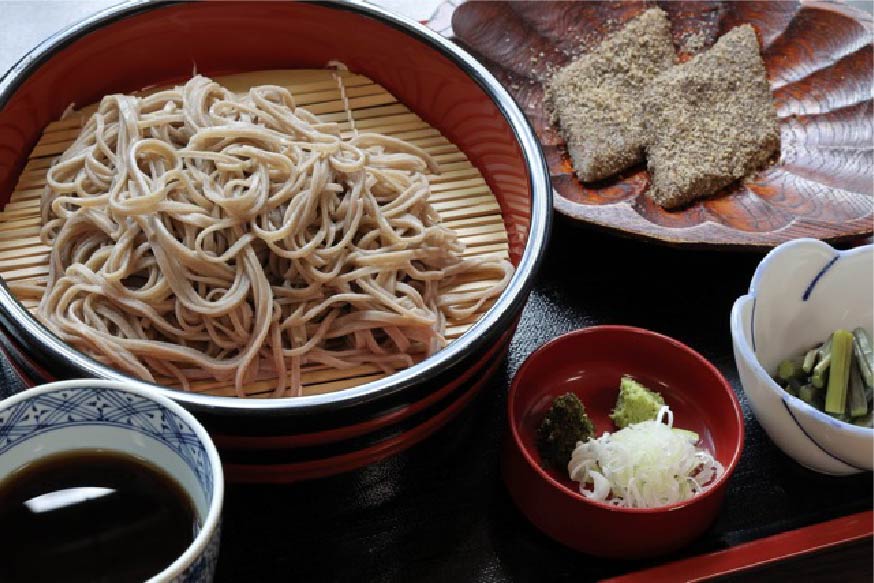
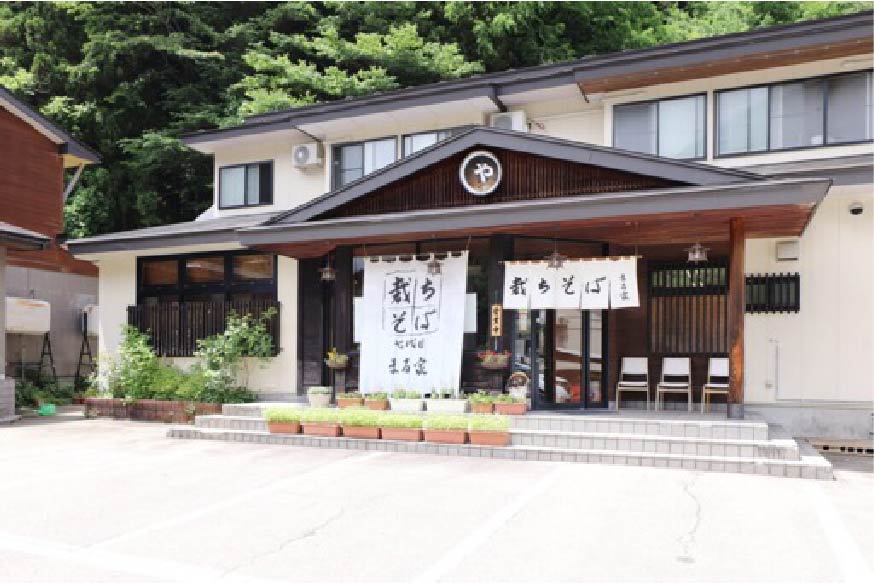
Because rice cannot be grown in mountainous areas, soba cuisine has developed.
Rice cannot be grown in Hinoemata Village. Even in this era, where rice can be grown as far north as Hokkaido, it cannot be grown here. This is due to the high altitude, the cold climate, and the valley terrain that doesn't receive enough sunlight. Instead, soba has been eaten frequently. The soba noodles are 100% soba with no wheat mixed in. The aroma is excellent, and it tastes even better when eaten with Hinoemata's unique "Yamodo-zuke," a spice made by fermenting chili peppers and Japanese herbs.
 14:00
14:00
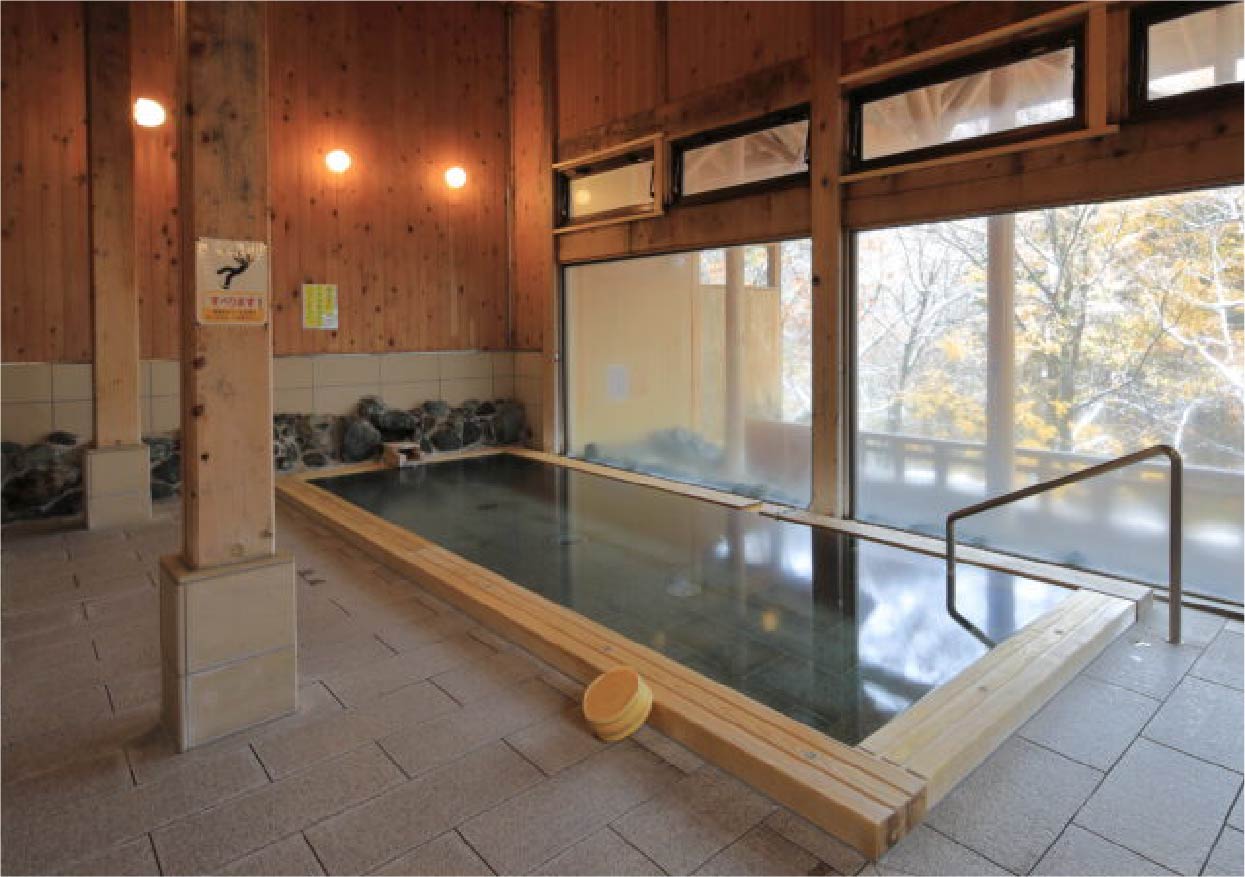
Relish the famous hot springs
@ Hiuchi no Yu
Hot springs are probably what people look forward to most when traveling to Japan. They're also the most popular option in travel agency surveys. I went to the most famous public hot spring in Hinoemata Village. The water was neither too hot nor too lukewarm, just the right temperature.
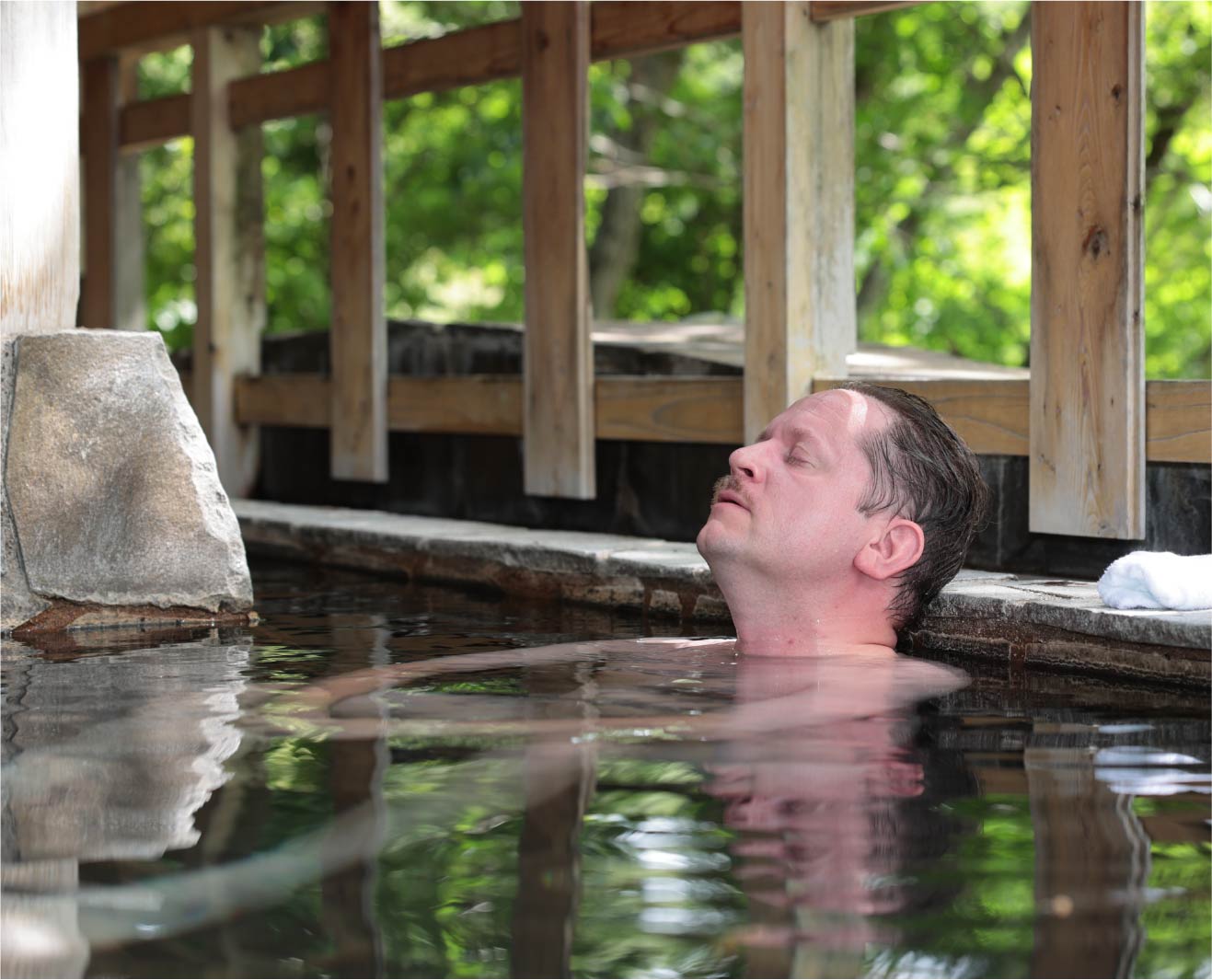
100% natural hot springs where Oze's
groundwater is heated by geothermal energy
There are three public hot springs in Hinoemata Village. Of course, there are also Inns and Ryokans, but I recommend Hiuchi no Yu. It is a sulfur spring with a unique volcanic smell. The water here is not recycled. This is because the Oze region is very rich in water, so the groundwater springs up in abundance. It is important to remember that some hot springs in Japan recycle and boil the water. Here, three meters of snow accumulates in winter. Some of the melting snow seeps into the ground, is heated by geothermal energy, and springs up. Humans have not made any changes to it. That is why it is a 100% natural hot spring. There are many such natural hot springs in Fukushima Prefecture, which is full of volcanoes, so if you like hot springs, you might want to visit.
 17:00
17:00
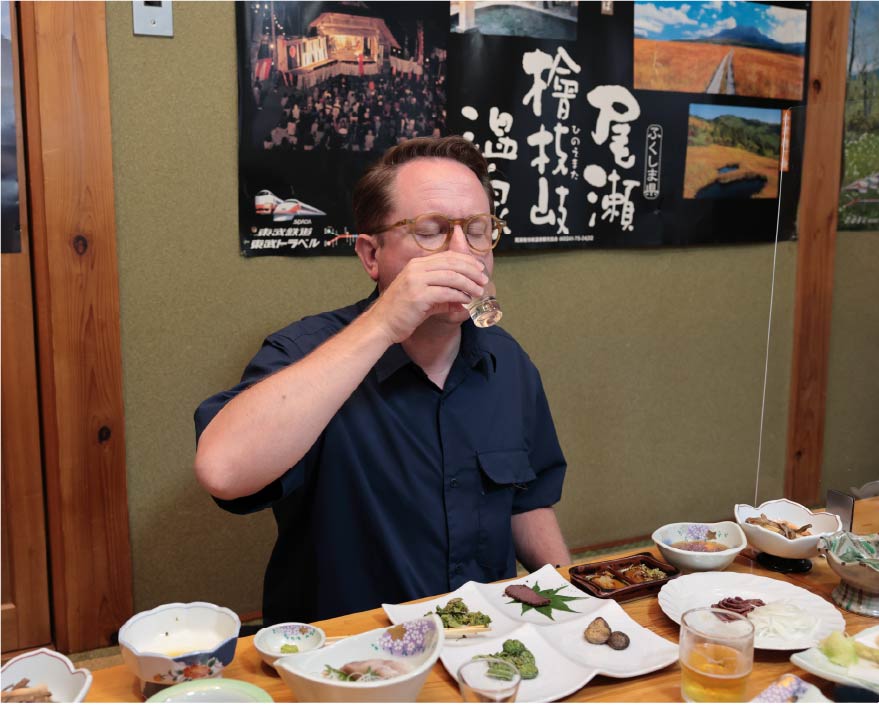
A Satisfying Dinner of Delicious Game Meat and Edible Wild Plants at the Minshuku
@ Yanagiya
At the minshuku (Japanese inn) where I stayed, instead of famous Japanese dishes like Sushi or Ramen, I was served traditional local foods like wild vegetables that can only be eaten in the mountains. I was deeply impressed by these rare dishes.
Iwana Sashimi, assorted wild vegetables and pram wine ...All the Blessings of the Mountains
Dinner started with pram wine as an aperitif, followed by a wide variety of dishes that left me thoroughly satisfied. The owner of the minshuku is a hunter. There are only a few hunters in Hinoemata Village, but when they catch game, they share it with the villagers. The game includes Japanese deer and Asiatic black bears, whose numbers are increasing due to climate change and other factors. It was incredibly delicious. The roast venison had no gamey odor and was expertly prepared.
It reminded me of reindeer and moose dishes from my homeland. It was my first time eating bear. Despite bears being carnivorous mammals, the meat wasn't gamey at all. I was impressed at how delicious such a fierce animal could be. My Japanese friend explained, "Unlike lions and tigers, which only eat meat, wild bears often eat acorns and wild vegetables. That's why they taste good. "It was such a dinner experience I could never have in urban cities like Tokyo or Osaka.
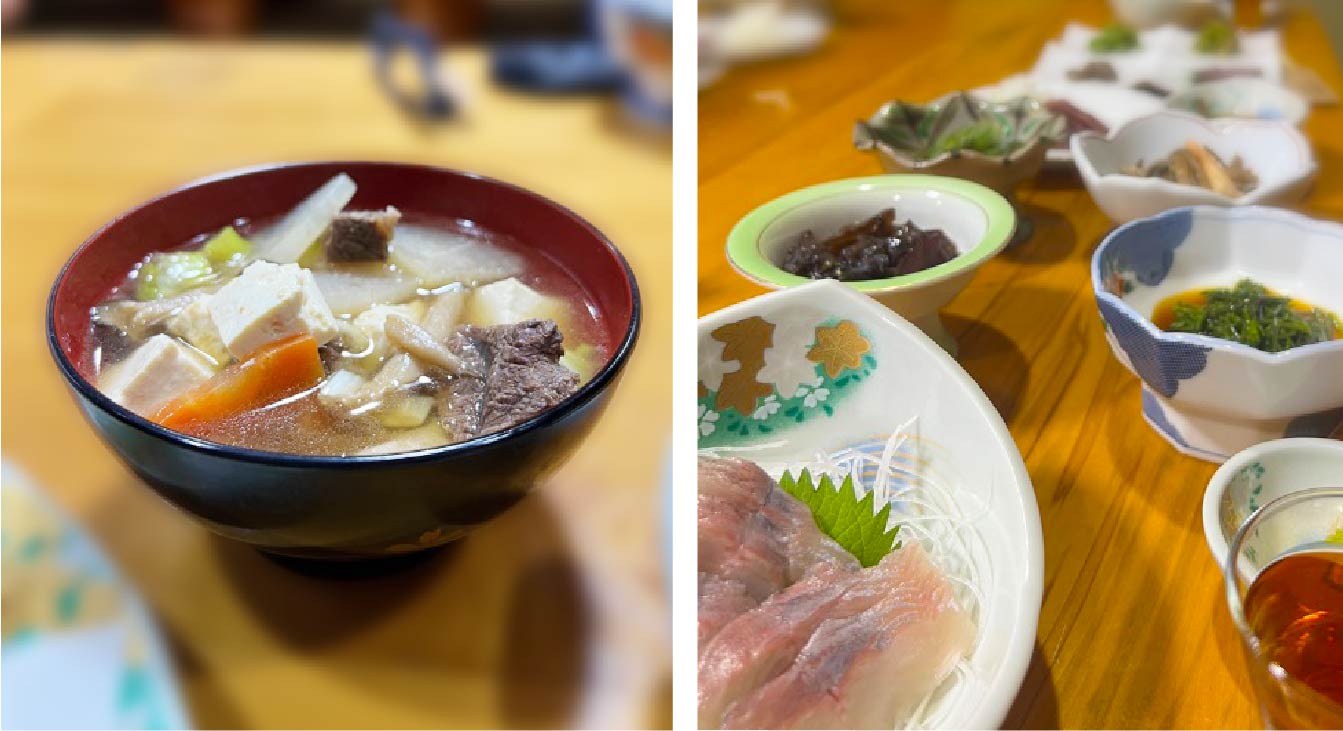
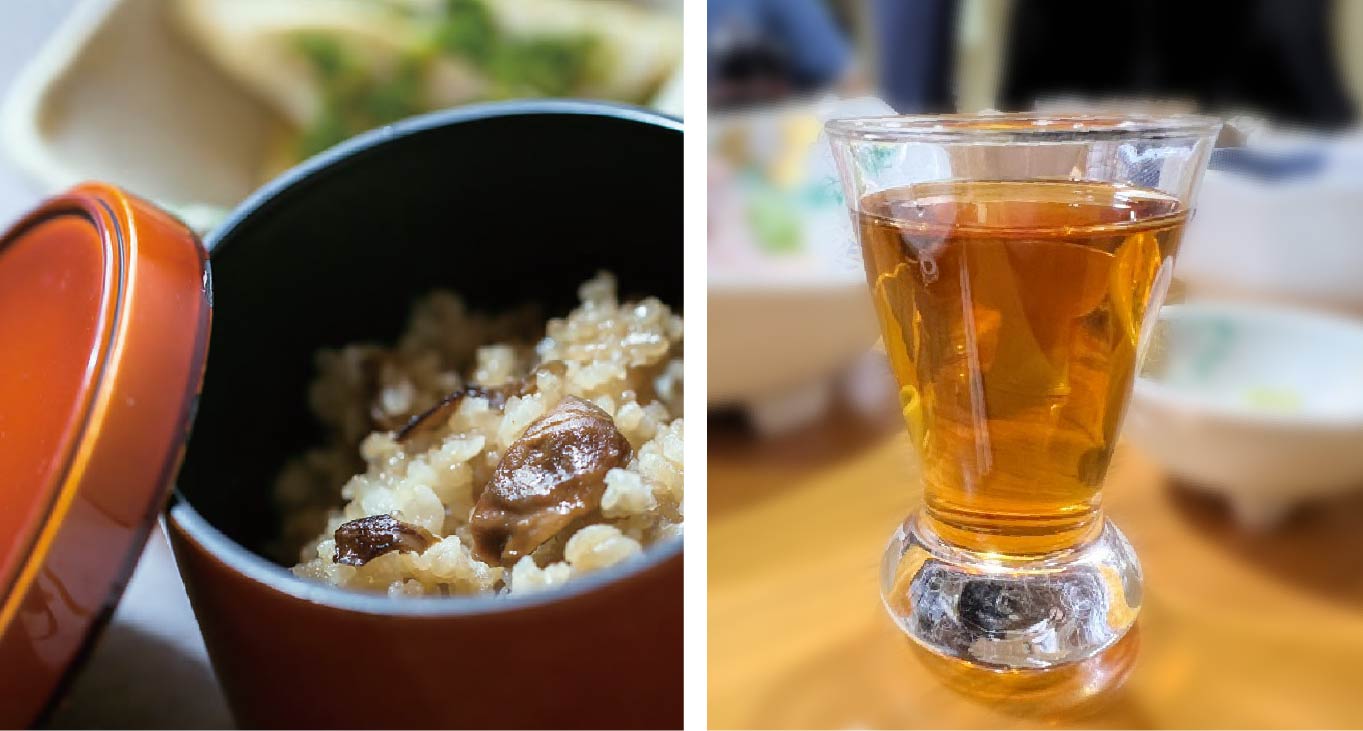
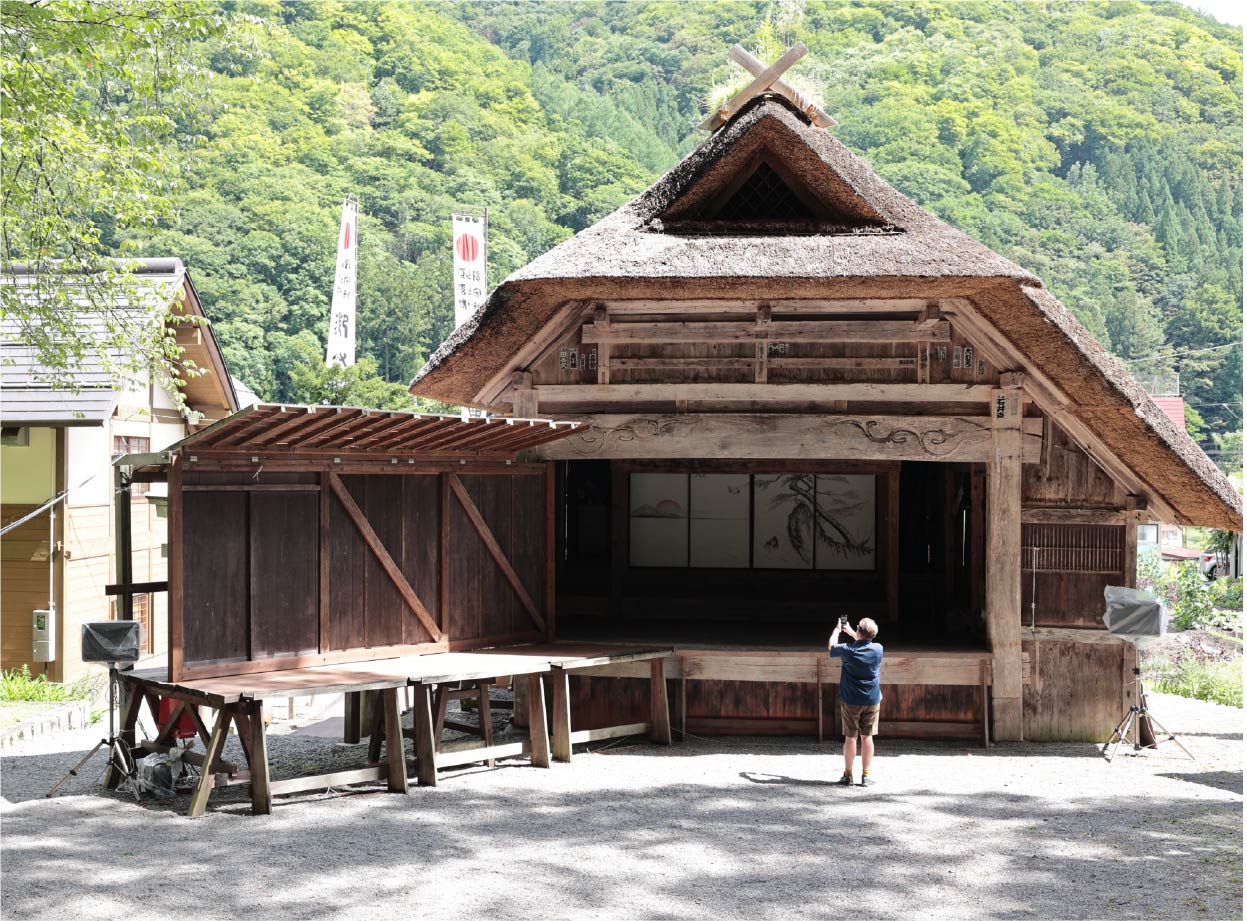
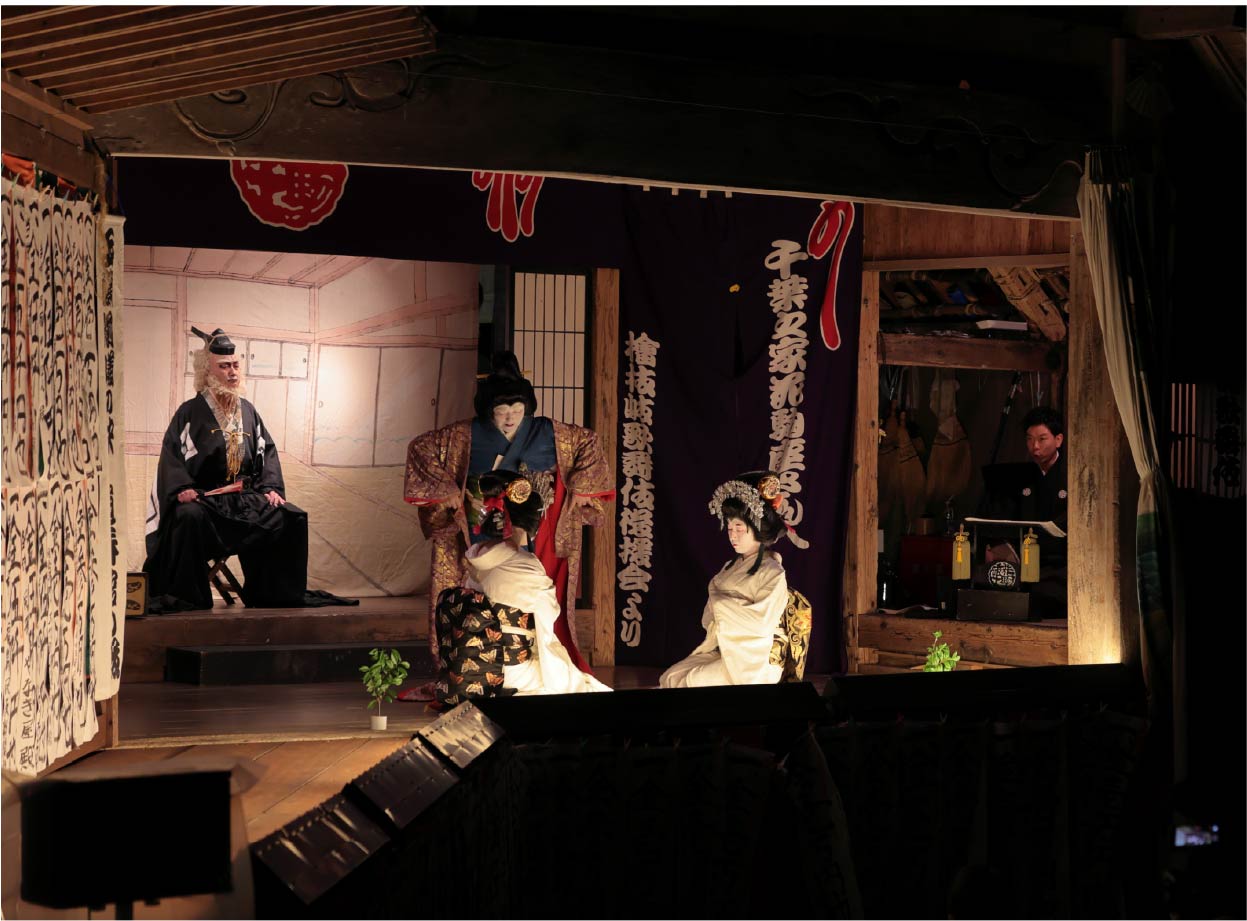
Over 280 years of historical culture
In the pre-modern era (18th century), when there were no trains or cars, it was difficult to travel from cities like Tokyo, Kyoto, or Osaka to Hinoemata Village. Even so, the village representatives who were skilled in reading and writing would bring urban culture back and spread it to the villagers. One such tradition is Hinoemata Kabuki.
In the past, there were several such farmer kabuki performances in rural Japan, but they disappeared in many places with the rise of motorization and television networks in the 20th century. (Of course, nowadays, you can watch TV even in Hinoemata Village.) However, in Hinoemata Village, the tradition of villagers performing kabuki as a form of identification still remains. Three times a year(including a performance for tourist), they hold performances dedicated to the village gods. I was fortunate enough to attend one of these performances.
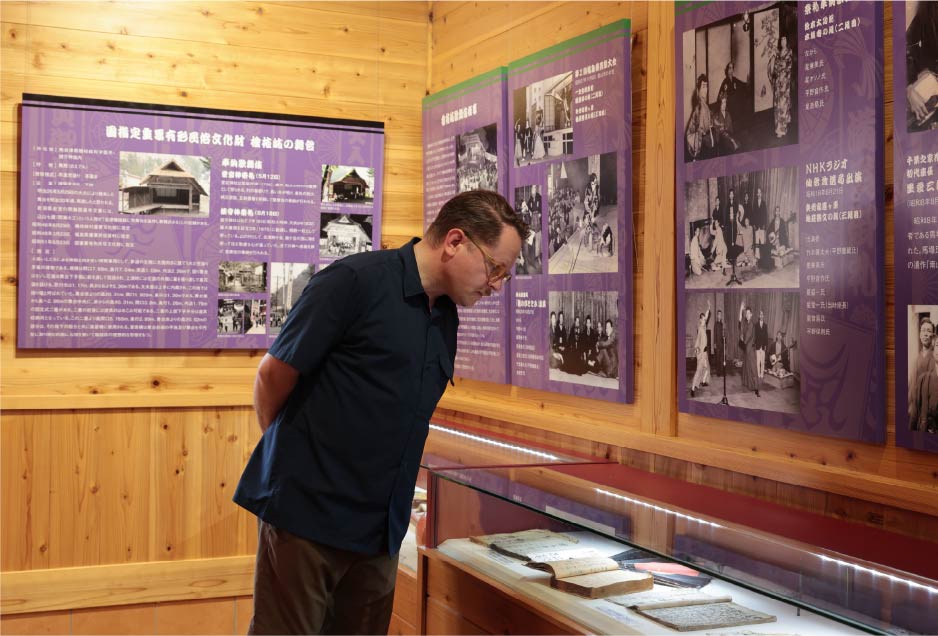
 18:00
18:00
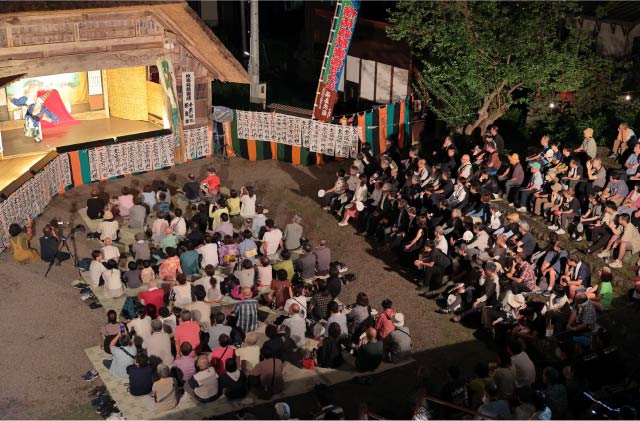

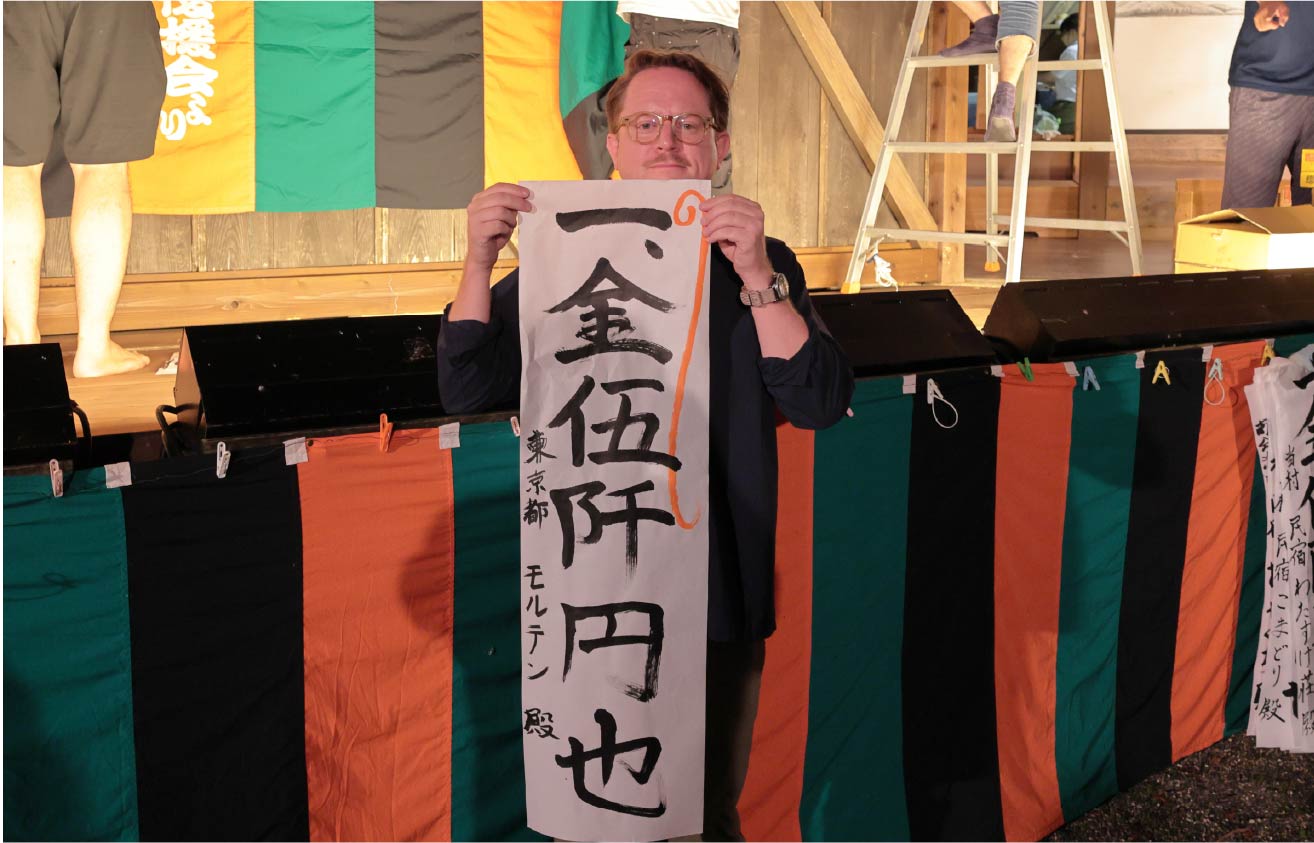 Donors were announced and posted your name at the venue.
Donors were announced and posted your name at the venue.This was the most difficult part of the
journey, but the passion was contagious.
@ Hinoemata Kabuki Stage
The village in the valley gets dark early. At night, many villagers and tourists gathered. The play began solemnly. As I expected, I couldn't understand the content at all. Naturally, there's no way they could provide an expensive translation system like at the Kabuki-za in Tokyo. When I asked my Japanese friend about the content, he said, "Even we can't understand parts of it because it's in old Japanese, and our sense of morality is different now, so it's hard to empathize." I see. It's like a Norse mythology play in Old Norse. For Japanese people, too, it's not about understanding it but about watching and enjoying the customs and atmosphere. Many tourists gather not necessarily because they want to see it but because they want to praise and support it. The preservation of culture may have that aspect. As for me, upon hearing that the villagers gather at night after finishing their work to practice and prepare for the performance, I donated 5,000 yen to honor their effort (the performance is free).

Reflect on the journey
As I wrote at the beginning, this was a short trip to see a minor, unique culture. The access is certainly not easy, but that made it a very unique experience for someone like me who is a bit tired of Tokyo and Kyoto. Next time, I would like to climb the mountain and encounter the untouched nature of "Oze."
 Itenary of the Experience
Itenary of the Experience
- 10:00
- Oze Hinoemata Mountain Travel Guide Office
- 11:00
- Salamander gelato @Mini Oze Park.
- 12:00
- Fishing @Hinoemata Fish Garden
- 13:00
- Lunch @Maruya
- 14:00
- Hot Spring @Hiuchi-no-Yu
- 16:00
- Dinner @Minshuku Yanagiya
- 18:00
- Hinoemata Kabuki Stage
My journey @Hinoemata Village
Thanks to the abundant water supply in Oze, all Inns and Ryokans in Hinoemata Village offer hot spring baths. There are also three public baths in the village.
